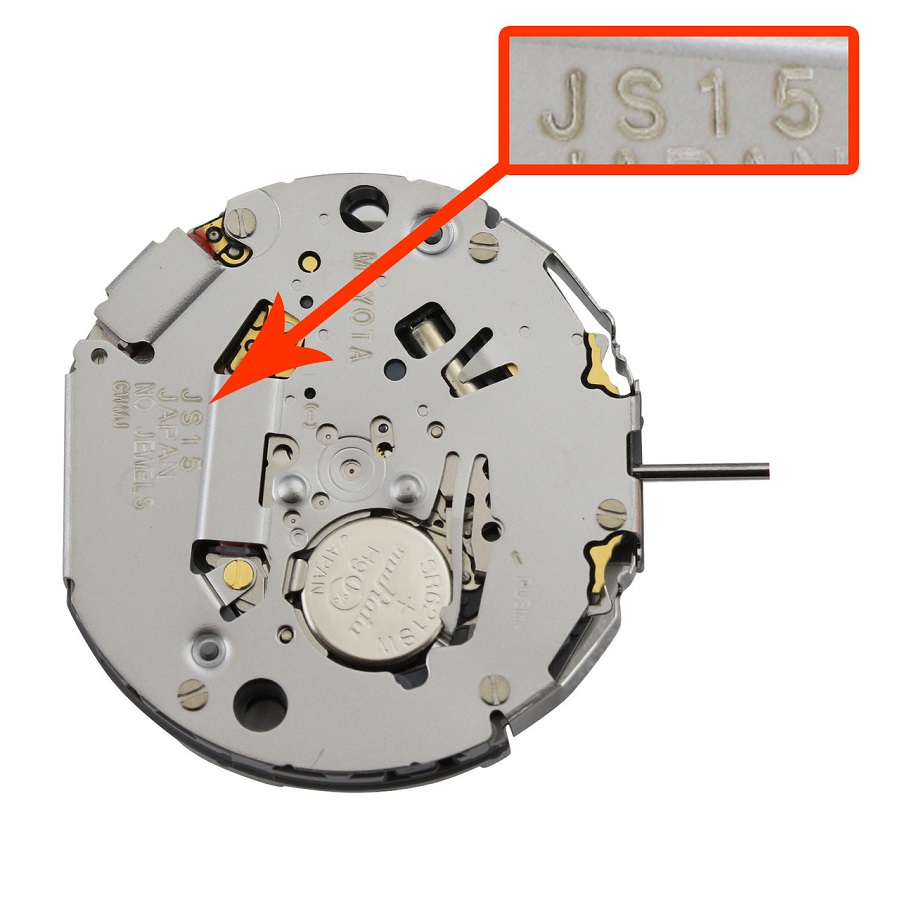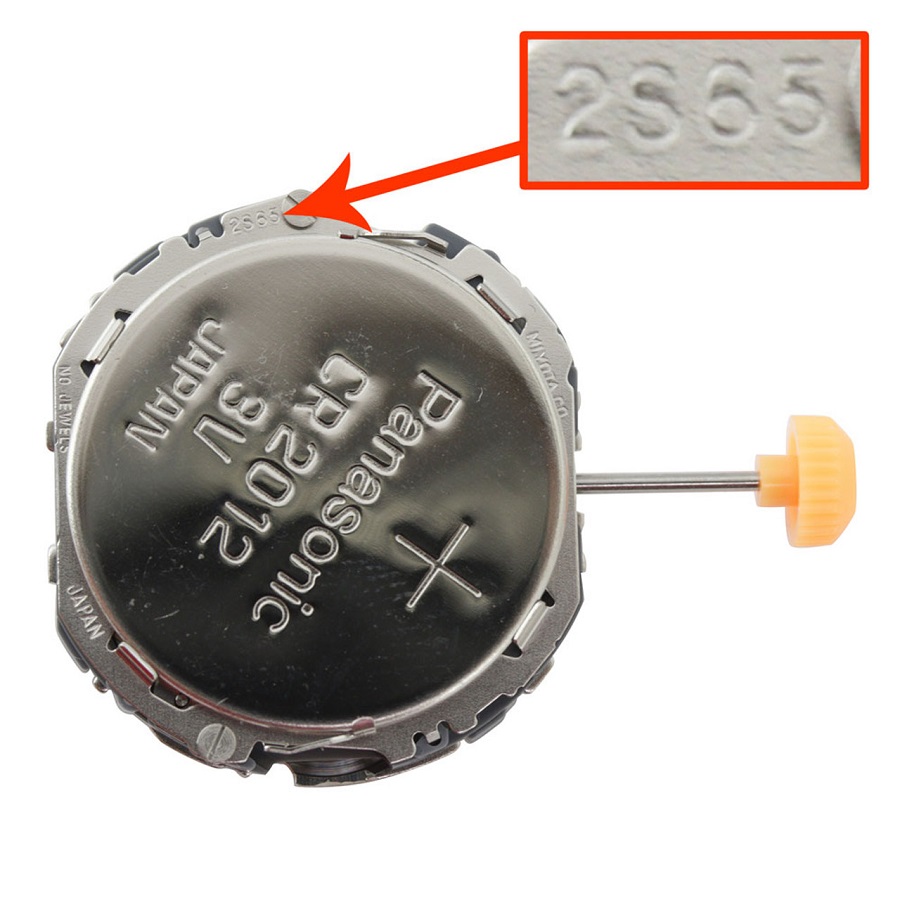Introduction to Quartz Watch Batteries
Quartz watches are renowned for their precision and dependability. Central to their operation is a small but vital component: the battery. Unlike mechanical watches, which require winding, quartz watches use a battery to create electrical impulses. These impulses cause a quartz crystal to vibrate at a consistent frequency, providing accurate time measurement. The introduction of quartz technology in watches during the late 1960s marked a significant innovation in timekeeping devices. Since then, quartz watches have become a staple due to their accuracy and low maintenance. They require much less attention than their mechanical counterparts, aside from regular battery replacements. As technology has advanced, different types of batteries have emerged, each with characteristics tailored to the requirements of various quartz watch models. Understandably, the quality and type of battery influence the lifespan and performance of a quartz watch. Consequently, the choice of battery is not incidental but a crucial consideration for optimal watch functionality. It’s essential for watch owners to be aware of the battery types available, the signs that indicate when a battery needs replacement, and the proper methods for battery disposal and recycling. This awareness not only assures the longevity of the quartz watch but also contributes to caring for the environment.
 Types of Batteries Used in Quartz Watches
Types of Batteries Used in Quartz Watches
Quartz watches are powered by different types of batteries, each with its unique features. Knowing the battery type helps ensure proper care and replacement.
Lithium Quartz Watch Batteries
Lithium batteries are known for their high voltage output and long life span. They typically offer around 3V and have a low discharge rate. This makes them popular in many modern quartz watches.
Silver Oxide Quartz Watch Batteries
Silver oxide batteries provide a steady 1.55V and are often used in quartz watches. They have a high energy density, meaning they can pack a lot of power in a small space.
Solar Cells for Quartz Watches
Solar cells convert light into electrical energy to power the watch. Watches with solar cells can have extended battery life, reducing the need for frequent battery changes.
Mercury Oxide Quartz Watch Batteries
Mercury oxide batteries were among the first watch batteries. They are not used as much today due to environmental concerns. For eco-friendly options, other types of batteries are preferred.
It is crucial to use the specific battery type recommended for your watch. Using the wrong battery can lead to poor watch performance or damage.
When the battery in a quartz watch starts to deplete, it affects the accuracy of timekeeping. Thus, selecting a quality battery and knowing when to replace it is vital for maintaining your watch’s precision.
Watchmakers often specify the battery model needed for their watches. For example, Swiss watches might use a battery model starting with ‘3##’, while Japanese models typically start with ‘SR###SW’ or ‘SR###W’.
Over time, battery technology might improve, leading to longer-lasting and more environmentally sustainable options for quartz watches.
Indicators of a Dying Quartz Watch Battery
Recognizing the signs that a quartz watch battery is nearing the end of its life is key to maintaining your timepiece’s accuracy and reliability. Here are the indicators that you should watch out for:
- Inconsistent Timekeeping: If your watch begins to lose time, this can be a clear signal that the battery is running low on power.
- Stopped Watch: The most obvious sign is when the watch ceases to function completely. This is often the battery’s final goodbye.
- Watch Functions Fail: For multifunctional watches, features like the backlight or alarm may stop working before the actual timekeeping fails.
- Faint Watch Display: For digital quartz watches, a dimming display could indicate a battery that’s about to give out.
These symptoms suggest it’s time to replace your quartz watch battery to keep it running smoothly. It’s best to act promptly when you notice these issues, as pushing a battery beyond its life can sometimes lead to leaks or damage to the watch’s internal components.
How to Properly Replace a Quartz Watch Battery
Replacing a quartz watch battery correctly is crucial to maintain your watch’s functionality. Here’s a step-by-step guide to help you:
- Confirm Battery Type: Ensure you have the correct type and size battery for your watch model.
- Gather Tools: Obtain a set of small precision screwdrivers and any specific tools recommended by your watch manufacturer.
- Prepare Work Area: Work on a clean, flat surface and consider using a soft mat to prevent scratching your watch.
- Open Watch Case: Carefully open the back of your watch. This may involve unscrewing, prying open, or releasing a specific catch.
- Remove Old Battery: Take out the spent battery, noting the orientation and position for correct replacement.
- Handle with Care: Use plastic tweezers or gloves to handle the new battery to prevent oil and dirt from your fingers affecting its performance.
- Insert New Battery: Place the new battery in the same position and orientation as the old one.
- Check Watch Function: Before closing the case, ensure that the watch is functioning by checking the time and any other features.
- Seal the Case Back: Close the watch case securely, making sure it’s sealed to prevent dust and moisture from entering.
- Dispose of Old Battery: Lastly, dispose of the old battery appropriately, following environmental guidelines or recycling options.
By following these steps, you can replace your quartz watch battery confidently, preserving the precision and durability of your timepiece.
The Lifespan of Quartz Watch Batteries
When you invest in a quartz watch, knowing the expected lifespan of its battery is important. Typically, a quartz watch battery can last anywhere between 12 to 24 months, although this can vary widely based on the watch’s design, battery type, and usage patterns. High-end quartz watches may come with batteries designed to last even longer, sometimes up to five years or more. However, it’s crucial to note that the way you use your watch can significantly impact battery life.
Factors such as the frequency of using additional watch features like backlights, alarms, and timers can drain the battery faster. Even the size of the battery itself influences its lifespan; larger batteries generally hold more power and thus last longer. Furthermore, environmental factors like extreme temperatures can also affect battery life.
To ensure you get the most out of your watch’s battery, it’s essential to follow the manufacturer’s recommendations and use the specific battery type designed for your watch model. Periodic checks are advisable; if you notice any signs of battery depletion, such as the watch losing time or functions faltering, it’s time to plan for a replacement. Proactive battery replacement can help avoid watch damage and maintain accurate timekeeping.
In conclusion, the average quartz watch battery, if handled correctly, can reliably serve its purpose for a considerable period. Regular monitoring and timely replacements are key to a long-lasting, precise quartz watch experience.
Factors That Affect Quartz Watch Battery Life
Several factors can cut short or extend the life of a quartz watch battery:
- Watch Type: Digital displays and features like alarms may use more power than simple analog watches.
- Battery Size: Generally, larger batteries have more capacity and can last longer.
- Temperature: Extreme cold or heat can affect battery performance and lifespan.
- Usage Patterns: Frequent use of lights, alarms, or stopwatches will drain the battery quicker.
- Storage Conditions: Batteries drain faster when watches are kept in poorly insulated areas.
- Watch Quality: High-quality watches may use power more efficiently, conserving battery life.
To maximize battery life, minimize the use of power-hungry features and keep your watch at room temperature. Regular checks can help spot signs of a weakening battery early on. Replacing the battery before it completely dies can prevent damage to your quartz watch.
Disposing and Recycling Used Quartz Watch Batteries
Proper disposal of used quartz watch batteries is crucial for environmental protection. These small components can contain harmful substances, which if not handled responsibly, can detrimentally impact nature. Here are steps for safe disposal and recycling:
- Check Local Regulations: Each area has specific rules on battery disposal. Check these before discarding.
- Find Battery Recycling Centers: Many communities offer centers that process and recycle batteries safely.
- Retailer Take-Back Programs: Some watch retailers accept used batteries for recycling.
- Use Recycling Kits: Certain organizations provide kits to collect and send batteries for recycling.
- Never Put in Regular Trash: Batteries thrown in the garbage can leak and pollute the environment.
Taking these small but significant steps helps safeguard our planet. When we recycle batteries, we reduce the need to extract new materials, and they can be reused in various products. This process conserves resources and energy, contributing to a more sustainable future. Every battery recycled makes a difference.
Innovations and Alternatives in Quartz Watch Power Sources
The quartz watch industry continues to evolve with new power sources and innovations. Alternative methods are emerging, changing how we power our timepieces and how long they last. Here are the latest advancements:
Kinetic Energy Powered Quartz Watches
Some watches now harness kinetic energy from the wearer’s movements. They convert motion into electrical energy, extending battery life significantly.
Solar-Powered Quartz Watches
Solar technology has improved, allowing light to charge the watch battery. Watches with this feature can run for months without direct sunlight exposure.
Rechargeable Quartz Watch Batteries
Advances in rechargeable battery technology mean some watches no longer need disposable batteries. Their batteries can be recharged via USB or wireless charging pads.
Eco-Friendly Quartz Watch Batteries
Manufacturers are also focusing on eco-friendly options. New battery types are designed to have less environmental impact when disposed of or recycled.
These innovative power sources aim to make quartz watches more convenient and environmentally friendly. They provide exciting alternatives to traditional quartz watch batteries and point toward a more sustainable future for watchmaking.

